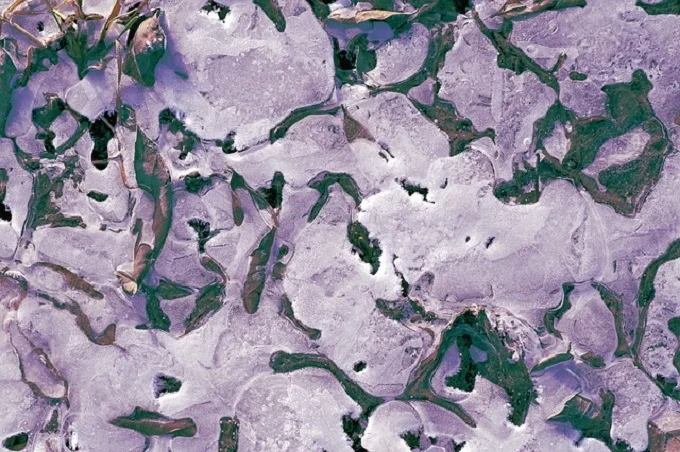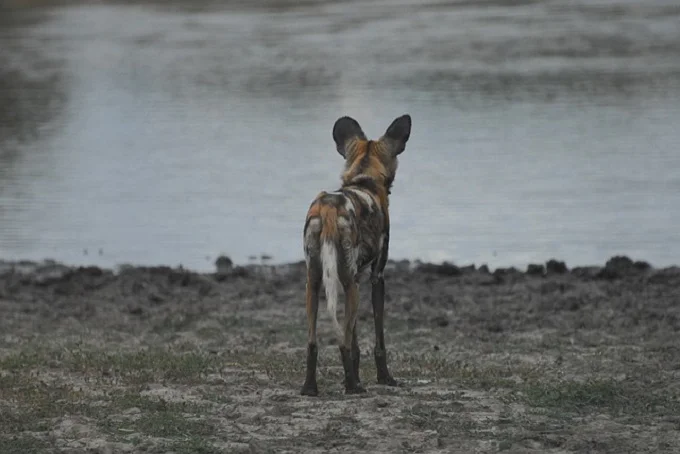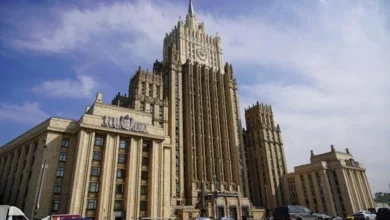What happens if the permafrost melts

It doesn’t matter whether you believe in global warming or not; the earth will eventually be free of ice owing to changes in glacier cycles or human activities. The melting of massive ice deposits at the poles and permafrost, which covers roughly most of the part of the planet, poses a risk to this occurrence. Permafrost retains 90 percent of the land in certain areas, such as Greenland.
When all of this ice melts, causing ocean levels to rise by tens, if not hundreds, of meters, humankind will face something much worse than rising sea levels.
5 things that will happen if the permafrost melts
1. Entire cities will be destroyed
Many towns are constructed on permafrost, and their structures are based on the strength of the ice under a relatively thin, loose layer of soil. Such buildings are built on piles supported by several meters of ice, and when the permafrost melts, multi-ton structures will begin to droop unevenly. This is becoming increasingly common, although it has not yet severe consequences. To get the latest stories, install our app here
When the permafrost starts to melt in the future actively, the piles will no longer have anything to depend on, forcing residents of several communities beyond the Arctic Circle to flee their homes.
The risk comes from the fact that industrial buildings were also designed for permafrost, and some of them are involved in hazardous material manufacturing. When the substances deform owing to soil instability, these compounds may leak into the air, earth, or water, poisoning anything within a few kilometres radius.
2. Dangerous bacteria and viruses will appear on the surface
In 2016, anthrax spread over the Yamal Peninsula, killing numerous humans and almost 1,500 reindeer. The cause was unusual temperatures, which caused the permafrost to partly melt, revealing the body of a long-dead reindeer infected with this bacteria on the surface. The exposure of the earth and what was frozen in it is one of the major problems with melting permafrost.
And the more the ice melts, the more probable it is that the carcass of an animal trapped in it tens, hundreds, or millions of years ago, infected with something more deadly, would float to the top and spread another epidemic over the planet.
In 2013, Russian scientists found microorganisms previously unknown to science at a depth of four kilometres in Antarctica’s Lake Vostok. Researchers from the same continent’s National Research Center “Kurchatov Institute” identified microbes that may acquire resistance to cold, wind, and UV light in 2019. And no one knows what else could emerge from millennia of slumber when permafrost thaws or how these microbes would affect humans.
3. Huge amounts of gas will be released

This seems like a good thing: gas costs will finally stop climbing! But, joking aside, this might be a much more serious issue than thawing ancient microbes. According to scientists, permafrost contains around 1,700 billion tons of carbon, including carbon dioxide and methane. Methane and other greenhouse gases will be released into the atmosphere if these deposits are no longer held back by several meters of ice.
There are two issues here. To begin with, these hydrocarbon reserves are almost twice as huge as the total quantity of gas in the atmosphere. The air may become unbreathable as a result of this. Carbon dioxide makes up 0.04 percent of the total volume of the atmosphere in most cases. When CO2 levels in the air exceed 0.3 percent, hypercapnia sets in, resulting in oxygen deprivation and symptoms such as headache, nausea, frequent shallow breathing, increased perspiration, and loss of consciousness. At higher concentrations, death is possible
Secondly, methane has a greenhouse impact 25 times larger than CO2. And this brings us to the next problem.
4. Permafrost thawing will result in global warming
As soon as the carbon mentioned above stores are released into the atmosphere, it will rapidly grow. The greenhouse effect will be exacerbated when more carbon dioxide, methane, and other gases enter the atmosphere, speeding up global warming.
No one knows for sure what such a drastic change would bring. Still, experts believe that as soon as the planet’s average temperature increases by two degrees, severe changes in the biosphere will occur, perhaps destroying humankind. To get the latest stories, install our app here
It’s not as if your city’s summer temperature will be thirty degrees instead of twenty-five. The issue is the extinction of species that have not evolved to cope with such circumstances. Cereals, fruit crops, meat breeds, fish, and other flora and fauna essential for human nutrition will be among them.
The release of gases into the atmosphere will result in a closed warming cycle, similar to pouring water over hot stones in a steam room.
5. Biodiversity will be endangered

Due to the melting of permafrost, more southern representatives of flora and fauna are increasingly creeping into northern regions, displacing endemic species or those that reside in a small geographic area. To get the latest stories, install our app here
The issue is that most species are interrelated, and some of them coexist in symbiosis. When one species becomes extinct, the food chain or regular functioning of another species is interrupted, and the whole ecosystem suffers as a consequence.




